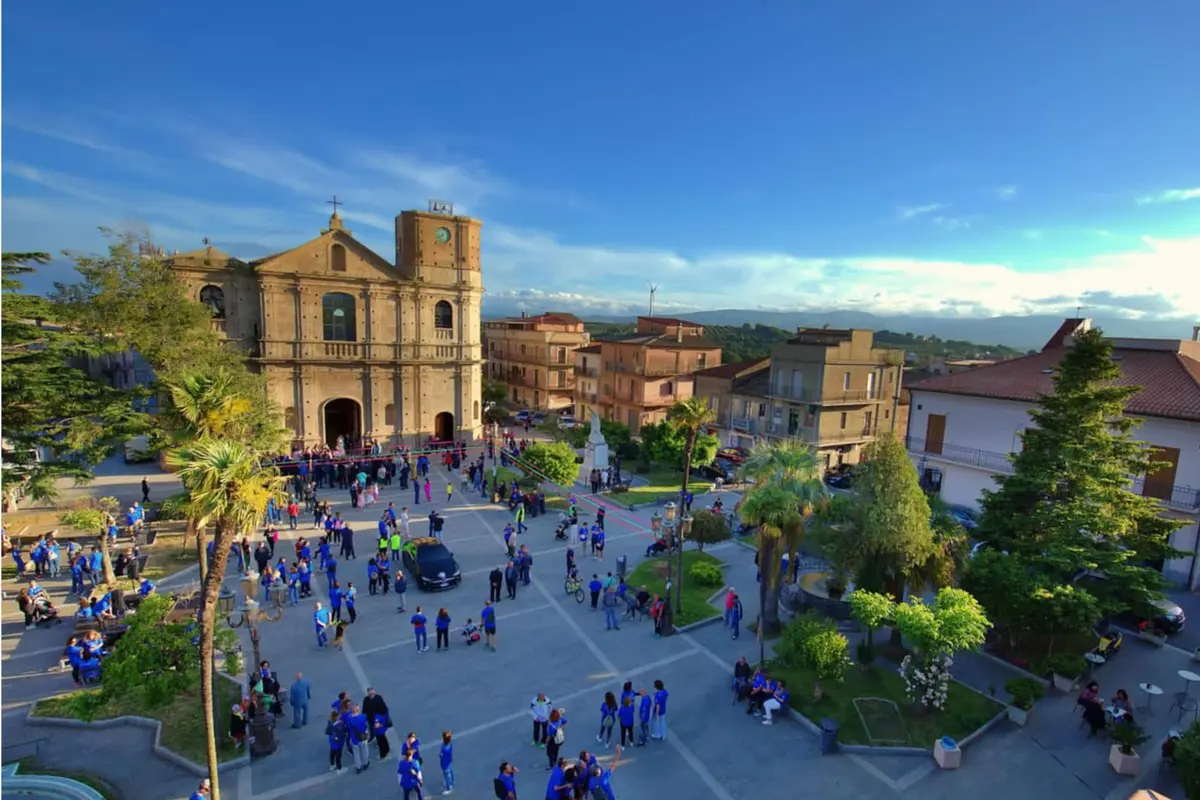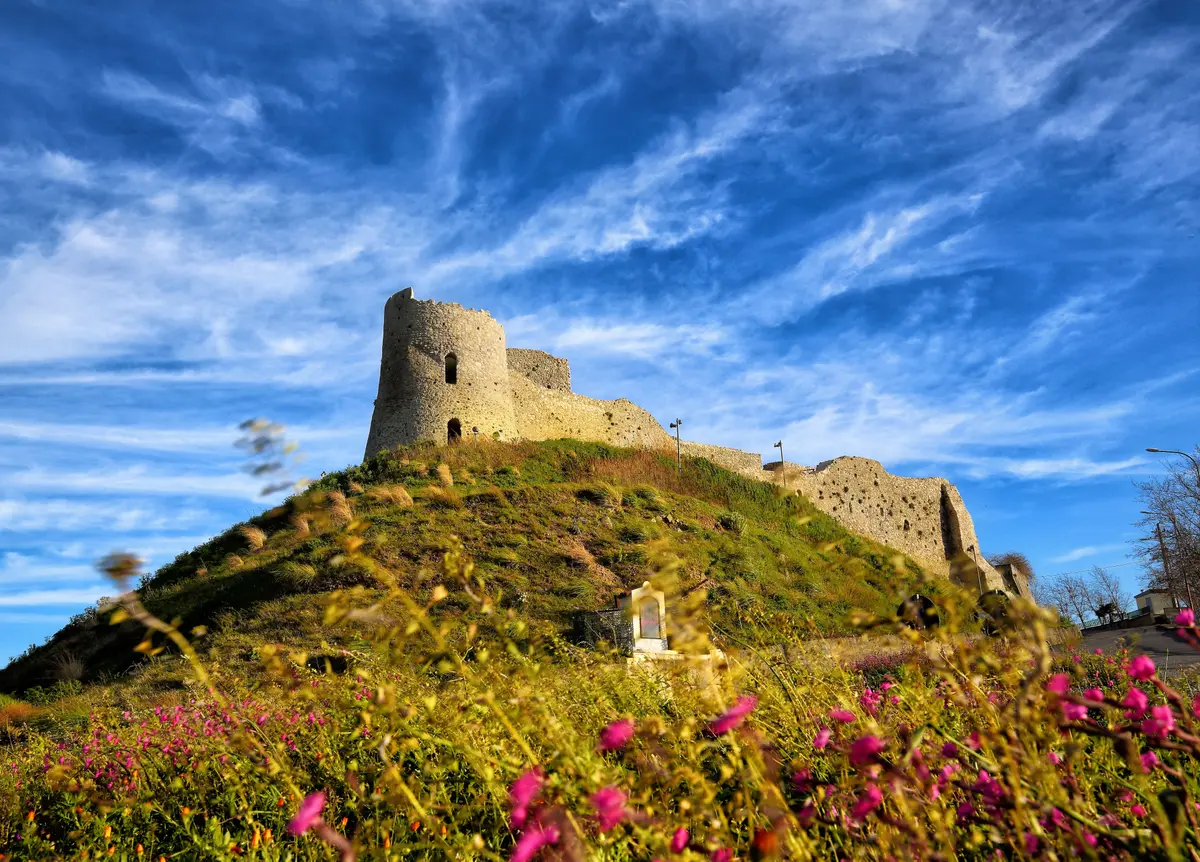Borgia
Where history and archaeology dialogue with nature

Town
Borgia - Regione Calabria
It is difficult not to be enchanted by Borgia, a town just a few kilometres from Catanzaro, in an area suspended between centuries-old olive trees, some of the most important archaeological remains in the south and the crystal-clear sea of the Costa degli Aranci.
The territory of Borgia extends from the historic centre in the hills to the Ionian coast of the seaside village of Roccelletta di Borgia, where the Scolacium National Archaeological Park, one of the most fascinating in Calabria, is located.
The park and the adjoining Archaeological Museum in Roccelletta stand on a vast olive grove, on the remains of the ancient Greek sub-colony of Skylletion (of which nothing has been preserved) and the later Roman city of Scolacium, whose remains are splendidly in harmony with the surrounding nature: from the public spaces of the Forum, with paved roads and waterworks, to the presence of a theatre, a more coinage amphitheatre and the sacred area of the necropolis. Impressive are the remains of the Norman Basilica of Santa Maria della Roccella (11th century), testifying to the long continuity of the site over the centuries.
Daily finds, the most precious artefacts and a series of monumental statues and portraits found during excavations can be admired in the museum rooms. The modern period part of the site is also on display, characterised by the presence of a large oil mill, one of the best-preserved industrial archaeology buildings in Calabria.
A tour of Borgia's historic centre, on the hills, shows the beauty of its noble palaces, monuments and churches that escaped the 18th-century earthquake that destroyed most of them, redefining the town's urban layout. Visiting Borgia during the holidays is the best opportunity to appreciate its award-winning band: the City Band Centre of Borgia was founded in the 1950s around the figure of the historic maestro Salvatore Caroleo (to whom it is now dedicated).
No result








